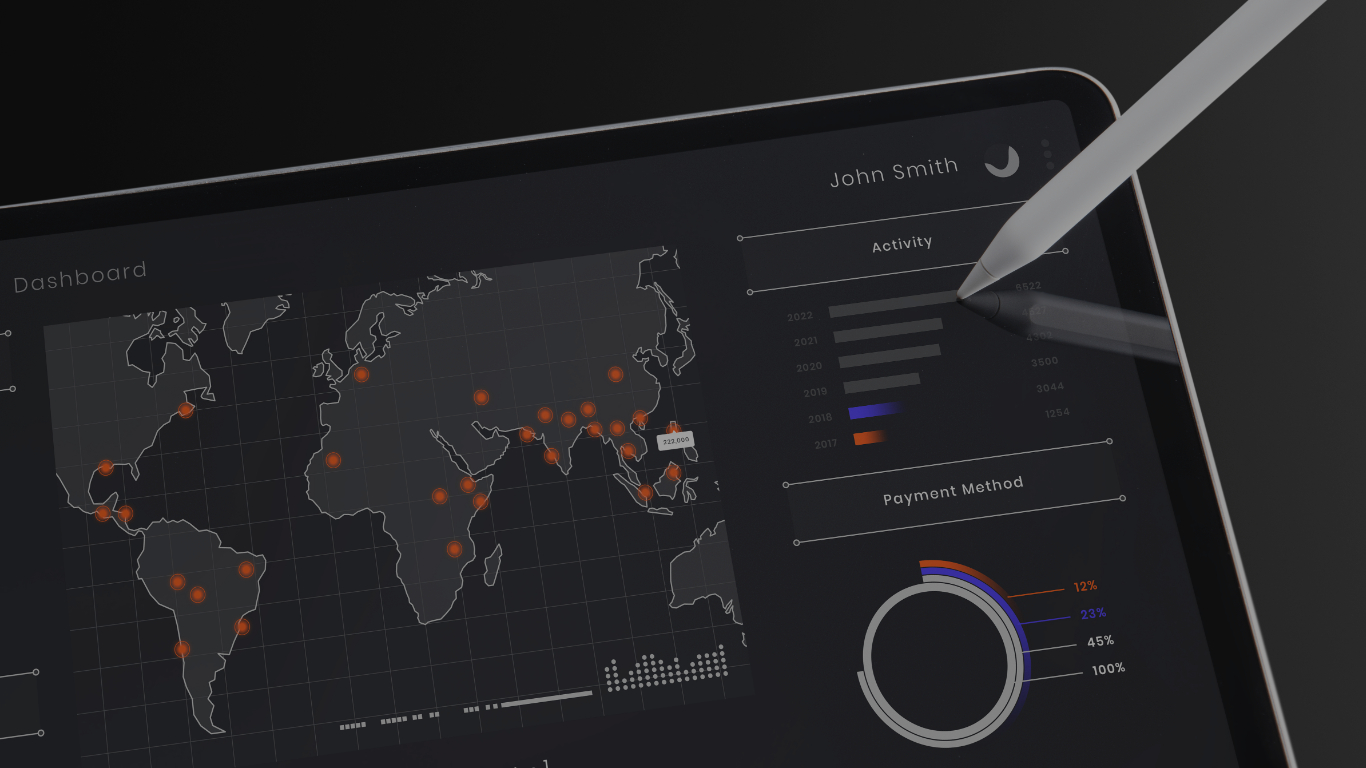By Seth Rudin – AVP Client Solutions (ex)
One of the benefits of speaking with various enterprise clients and prospects is meeting great people and the key personnel who manage and oversee data or information for their respective stakeholders. They may be in finance, business intelligence, demand planning, Operations, IT, and other functional heads. We get to understand and listen to their perspectives on various business challenges, financial challenges, operational decisions, and all types of other requests defining the requirements to create solid and insightful data analytics platforms. As a former Corporate Finance leader and former founder and entrepreneur, I fully appreciate the need for providing meaningful data to make critical business decisions – sometimes in the Billions of dollars.
When I worked at Dell (for nearly ten years), every employee had a small placard defining the 10 data commandments. One of them was always making decisions based on data, not emotion or your gut. Another was that employees (not just managers and above) were expected to know their key performance indicators and results. When a VP asked how you were doing, they were not expecting you to say “I am great” but rather, “We sold x units today and grew y%.” And this was over 12 years ago, so Dell was well ahead of the Data and Analytics movement we are seeing today.
Analytics and data are critical ingredients to your business success and personal life, whether improving your golf game, your fitness, or helping your children develop personally and intellectually. Data and Analytics drove TekLink into this space in 2003. Serving this business segment provides a unique journey that is very exciting to participate day in and day out.
As companies evolve their workers to information citizen workers, we see the following critical skills will be needed in each of your employees:
- Analytic Capacity is the ability to understand data and translate it to operational and financial performance.
- Information Gathering skills are the ability to gather data and translate to meaningful data points quickly. This specific skill has spurred the demand for no-code applications, embedded analytics, and data warehouses or even data lakes using technologies such as Microsoft Azure Synapse, Google Cloud Platform Big Query, AWS Redshift, Snowflake, among others, and easy to use data visualization tools such as Microsoft’s Power BI or Tableau.
- Financial Acumen can translate an operational metric such as returns, customer churn, productivity metrics, and other metrics into dollars and cents.
- Ability to Communicate operational and sales performance in qualitative and quantitative viewpoints such as Returns increased 5% month over month, impacting our bottom line.
So, the next question for enterprises, is “how do we evolve our employees and data analytics platform to support our stakeholders going forward?”
Companies in the top quadrant of data analytics possess these characteristics:
First, companies excelling in Data Analytics maintain a data-focused culture. In other words, it becomes part of the company’s DNA or fabric. Decisions are based on data points, both historical and future-oriented. Decision-makers and stakeholders are held accountable and monetarily incented to SMART goals. The decision-makers also have key performance indicators and other data-oriented goals assigned in their performance criteria and bonuses/commissions. This group of companies helps define and communicate goals clearly with actionable plans to achieve these goals—all of which are measurable.
Second, companies in the high echelon of data analytics understand their operational processes and the data inflows and outflows. By understanding the data and the business drivers, companies can design information systems to gather this data, transform it into decision-making information, and leverage embedded analytics and other new data tools.
Third, this special group of companies ensures that data is easily accessible and distributed globally. These companies design and deploy first-class data analytics platforms. These platforms may contain an enterprise data warehouse, data lake, dashboards, reports, and mobile devices to manage and visual data for their information citizen workers to act on the business results. According to Gartner, by 2023, over 60% of companies will leverage at least three or more analytic solutions to design and build decision-making information systems.
Fourth, they have trained and coached their staff to gather, interpret, and act on the relevant data and measure against the internal goals set. The staff will understand the company’s performance and their team and individual performance achieved against the respective objectives. Gartner confirms that embedded analytics and no-code platforms enable regular citizens to access and process data in their day-to-day work easily. These systems may be Microsoft’s Azure, Google Cloud Platform, AWS or Snowflake, or even systems like SAP S/4 and SAP Analytics Cloud, among others.
Fifth, the management of these companies carefully thought through the business process, their customer interactions, and processes to design an integrated planning process for business planning, commonly referred to as Integrated Business Planning, Connected Planning, and/or xFP&A.
Lastly, those companies who want to advance themselves leverage Advanced Analytics and Machine Learning to process the millions of data points now available with the increased bandwidth of our networks, social networks, and cloud computing. These companies deploy XOps / DevOps models for their AI and data science processes. The ability to predict user activities, automate repetitive processes with Robotic Process Automation (RPA’s), create automated chatbots for customer interactions, and much more. It is a big topic that we will cover in future blogs and TIDE sessions.
So, if you and your company are looking to enhance and improve your performance or you want to improve your golf score, let’s embrace data and make it part of our fabric.






